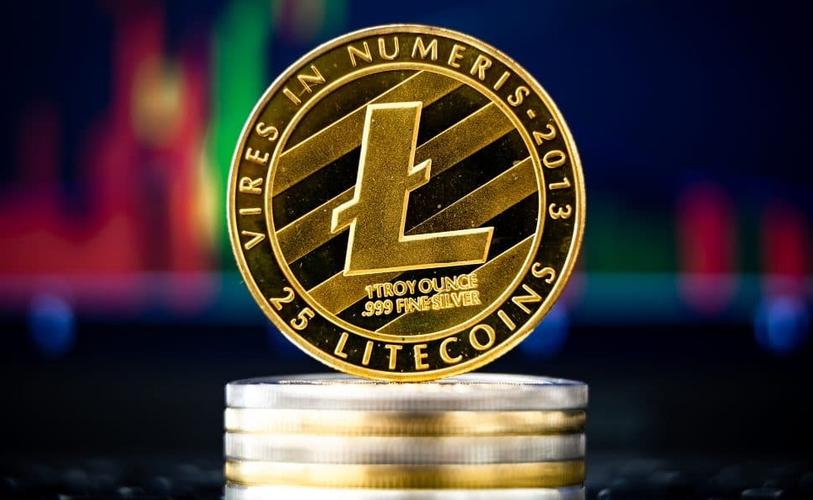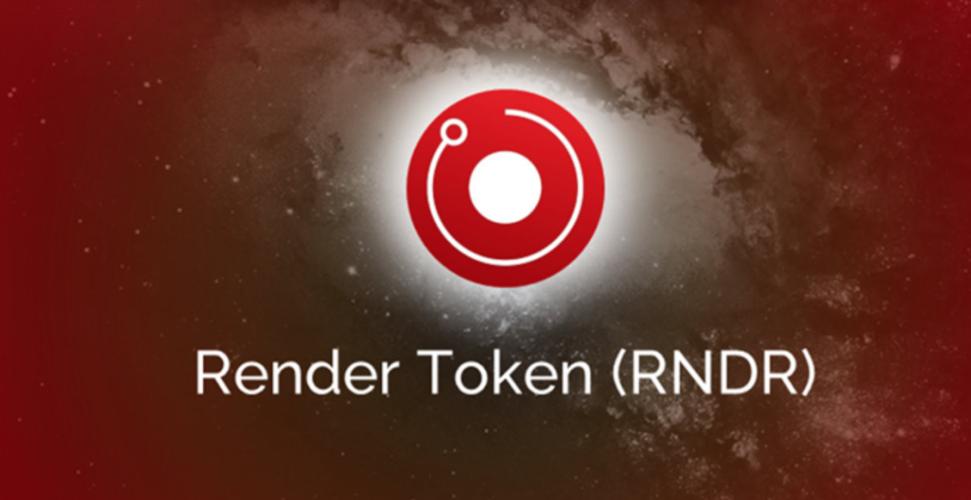Create Your Own ETH Coin: A Detailed Guide
Creating your own Ethereum coin, often referred to as a “ERC-20 token,” can be an exciting venture. It allows you to tokenize your ideas, raise funds, or simply add value to the Ethereum ecosystem. In this guide, we’ll walk you through the process step by step, ensuring you have a clear understanding of what it takes to create your own ETH coin.
Understanding the Basics
Before diving into the creation process, it’s crucial to understand the basics of Ethereum and its tokens.

Ethereum is a decentralized platform that runs smart contracts: applications that run exactly as programmed without any possibility of downtime, fraud, or third-party interference. The native cryptocurrency of Ethereum is Ether (ETH), which is used to pay for transaction fees on the network.
ERC-20 tokens are a standard for fungible tokens on the Ethereum blockchain. They are widely used for various purposes, including fundraising, representing shares in a company, or simply as a digital currency.
Step 1: Define Your Token’s Purpose
The first step in creating your ETH coin is to define its purpose. Ask yourself questions like:
- What is the token’s primary use case?
- Who is the target audience?
- What problem does the token solve?
Defining your token’s purpose will guide the rest of the process and help you make informed decisions.

Step 2: Choose a Blockchain Platform
While Ethereum is the most popular platform for creating ERC-20 tokens, there are other options like Binance Smart Chain, Polygon, and Tron. Each platform has its own advantages and considerations, such as transaction fees, scalability, and community support.
For most users, Ethereum remains the go-to choice due to its robust ecosystem and widespread adoption.
Step 3: Develop a Smart Contract
A smart contract is a self-executing contract with the terms of the agreement directly written into lines of code. It’s essential to have a well-thought-out smart contract for your token.
Here are some key aspects to consider when developing your smart contract:
- Supply Cap: Decide whether your token will have a fixed supply or be mintable. A fixed supply can increase the token’s value over time, while a mintable supply can be more flexible.
- Transfer Functions: Implement functions that allow users to transfer tokens to other addresses.
- Pause Function: Include a pause function to prevent unauthorized transactions in case of a security breach.
- Upgradability: Consider making your smart contract upgradable to fix bugs or add new features in the future.
It’s highly recommended to work with a professional developer or a reputable development firm to ensure your smart contract is secure and efficient.
Step 4: Test Your Smart Contract
Before deploying your smart contract to the mainnet, it’s crucial to test it thoroughly. This involves running various scenarios and ensuring the contract behaves as expected.
Several testing frameworks and tools are available for Ethereum, such as Truffle, Hardhat, and Remix. These tools can help you identify and fix potential issues before your token goes live.
Step 5: Deploy Your Smart Contract
Once your smart contract has been thoroughly tested, it’s time to deploy it to the Ethereum mainnet. This process involves paying a gas fee to the network to cover the transaction costs.
Several platforms, such as MyEtherWallet, MetaMask, and Infura, allow you to deploy smart contracts on the Ethereum network. Choose a platform that suits your needs and follow the instructions to deploy your contract.
Step 6: List Your Token on Exchanges
Listing your token on exchanges is crucial for its adoption and liquidity. Here are some popular exchanges where you can list your token:
| Exchange | Website |
|---|---|
| Uniswap | uniswap.org |
| Uniswap V2 |
相关文章Like |
